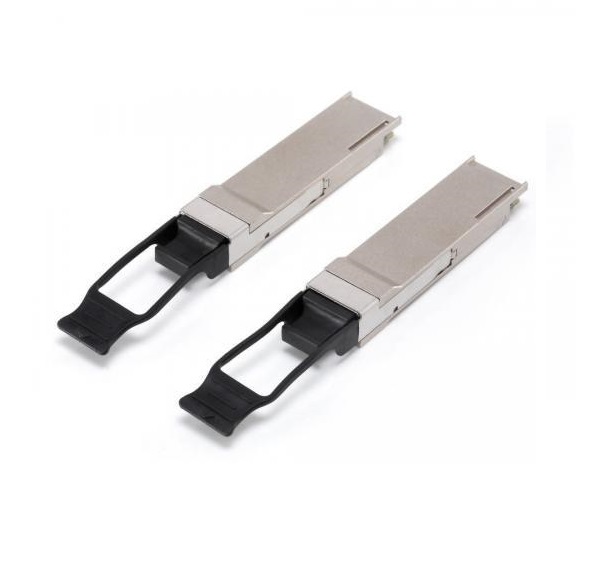- Sales SupportContact Sales
- Call us at: +(86) 15211074652
- Send us a email at: info@zr-fibercable.com
100G QSFP28
Introduction:As the demand for high-speed data transmission increases, the use of 100G (100 gigabits per second) QSFP28 (Quad Small Form Factor Pluggable) cables has become prevalent in various networking applications. QSFP28 cables are widely used in data centers, telecommunications, and high-performance computing environments to support the transmission of high-bandwidth data. This article explores the different types of 100G QSFP28 cables available in the market, their features, and common use cases.
Direct Attach Copper (DAC) Cables:
Direct Attach Copper (DAC) cables, also known as copper QSFP28 cables, are a cost-effective option for short-reach applications within data centers. These cables use copper conductors to transmit electrical signals and typically come in lengths of up to 5 meters. DAC cables offer low latency, high reliability, and easy plug-and-play installation, making them suitable for interconnecting switches, servers, and storage devices within the same rack or row.
Key Features:
Cost-effective solution for short-reach connections.
Copper conductors for transmitting electrical signals.
Supports lengths up to 5 meters.
Low latency and high reliability.
Plug-and-play installation.
Common Use Cases:
Rack-to-rack or row-to-row connectivity within data centers.
Interconnecting switches, servers, and storage devices in close proximity.
High-density deployments where cost efficiency is crucial.
Active Optical Cables (AOC):
Active Optical Cables (AOC) are fiber optic cables that use optical transceivers at both ends to transmit signals over longer distances compared to DAC cables. AOC cables incorporate active components, such as lasers and photodetectors, to convert electrical signals into optical signals and vice versa. They offer higher data rates, longer reach, and better signal quality than DAC cables. AOC cables are available in various lengths, typically ranging from a few meters to tens of meters.
Key Features:

Fiber optic cables with active components at both ends.
Offers higher data rates and longer reach compared to DAC cables.
Supports lengths ranging from a few meters to tens of meters.
Better signal quality and lower signal degradation than copper cables.
Lightweight and flexible design.
Common Use Cases:
Data center interconnects requiring longer distances and higher bandwidth.
High-speed links between switches, routers, and storage devices.
High-performance computing applications.
Point-to-point connections within data centers.
Active Optical Transceivers with Fiber Patch Cords:
In certain scenarios, 100G QSFP28 transceivers are used in combination with fiber patch cords to achieve longer transmission distances and flexible connectivity options. This approach involves using QSFP28 transceivers on the network equipment side and connecting them to fiber optic patch panels or distribution frames using fiber patch cords. This setup allows for easy migration from lower-speed connections to 100G and offers scalability and flexibility in data center environments.
Key Features:
Utilizes QSFP28 transceivers and fiber patch cords.
Enables longer transmission distances and flexible connectivity options.
Scalable and adaptable to changing network requirements.
Provides compatibility with existing fiber infrastructure.
Common Use Cases:
Upgrading existing data center infrastructure to support 100G connectivity.
Connecting QSFP28 transceivers to fiber optic patch panels or distribution frames.
Hybrid environments requiring connectivity between different data rates.
Active Optical Transceivers with MTP/MPO Cables:
In high-density data center environments, MTP/MPO (Multi-Fiber Push-On) cables are commonly used to connect QSFP28 transceivers. MTP/MPO cables utilize a multi-fiber connector at both ends, allowing for the simultaneous transmission of multiple fibers.
You might be interested in
We use cookies to ensure that we give you the best experience on our website. By clicking on "Accept" or continuing to use this site, you agree to our use of cookies in accordance with our Cookie Policy .You can refuse the use of cookies here.
Accept

